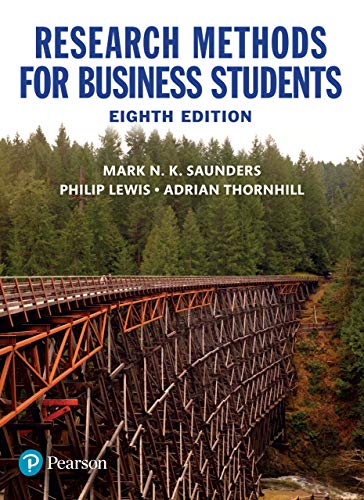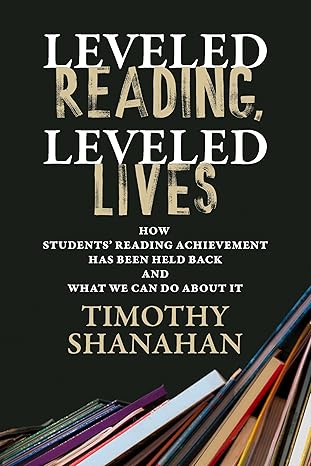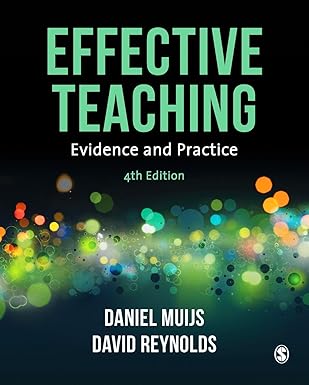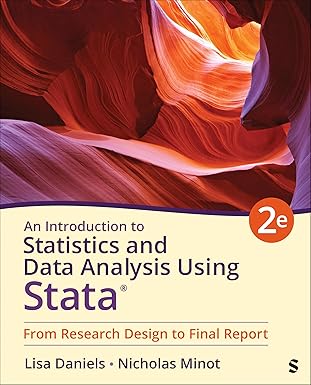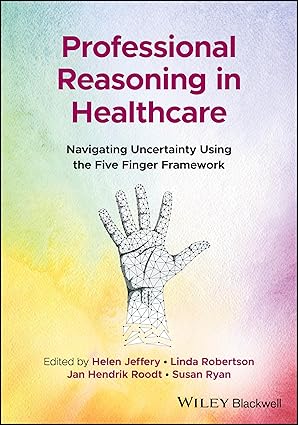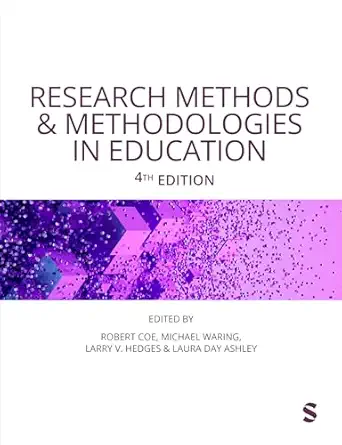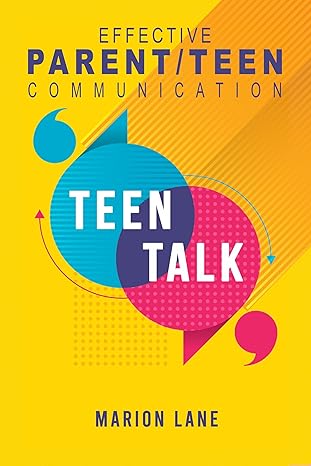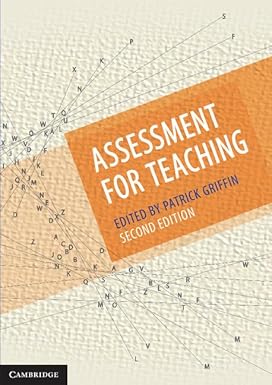Research Methods for Business Students 8th Edition This accessible and clearly written textbook provides a comprehensive and in-depth treatment of philosophical, methodological and ethical aspects of conducting business and management research. Illustrative case studies drawing on published research studies are used throughout and readers are given multiple opportunities to consolidate their learning through review and discussion questions, quizzes, and other exercises. At the end of each chapter a case study takes the reader through the realities and practicalities of applying the knowledge to a specific student research project. This will be an invaluable guide for all students seeking to understand and undertake business and management research
چکیده فارسی
روشهای تحقیق برای دانشجویان بازرگانی ویرایش هشتم این کتاب درسی قابل دسترسی و واضح نوشته شده، درمان جامع و عمیقی از جنبههای فلسفی، روششناختی و اخلاقی انجام تحقیقات تجاری و مدیریتی ارائه میکند. مطالعات موردی گویا که بر اساس مطالعات تحقیقاتی منتشر شده طراحی شده اند، در سراسر جهان مورد استفاده قرار می گیرند و به خوانندگان فرصت های متعددی داده می شود تا یادگیری خود را از طریق پرسش های مرور و بحث، آزمون ها و سایر تمرین ها تجمیع کنند. در پایان هر فصل، یک مطالعه موردی، خواننده را از طریق واقعیتها و کاربردهای دانش در یک پروژه تحقیقاتی خاص دانشجویی میبرد. این یک راهنمای ارزشمند برای همه دانشجویانی خواهد بود که به دنبال درک و انجام تحقیقات تجاری و مدیریت هستند
ادامه ...
بستن ...
Ebook details:
عنوان: Research Methods for Business Students
نویسنده: Adrian Thornhill / Philip Lewis / Mark N. K. Saunders
ناشر: PEARSON (2019)
زبان: English
شابک: 1292208783, 978-1292208787
حجم: 56 Mb
فرمت: Original PDF
ادامه ...
بستن ...
